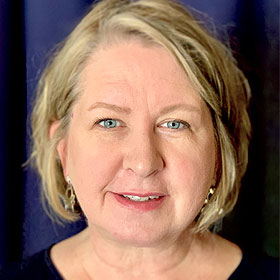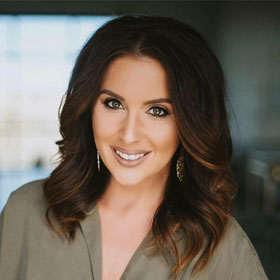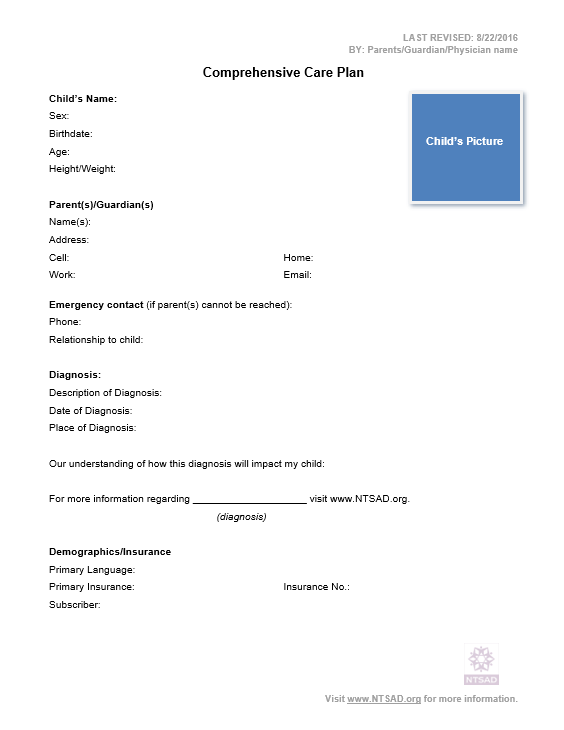Skip to any section using the links below:
When you or a family member gets a rare disease diagnosis, it’s normal to feel overwhelmed. Take the time you need to absorb the news and consider reaching out to family, friends, and neighbors for support.
If you’re looking for information on a specific disease, please visit our Diseases page.
When you’re ready, the following steps will help you get organized.
Gather key information
Use a notebook, folder or binder to collect information, adding to it as you go. Important information to gather includes:
- Where the evaluation/assessment was done
- Where the diagnosis was made
- Clinician name(s) and contact information
- Handouts and resources
- Important telephone numbers and addresses
- Copies of assessment reports, diagnostic and imaging tests, lab reports, and medications
Please note: There are several health management apps available to help track this information. If you decide to use one, be sure to review its data privacy policies.
Look into government resources
Depending on age and type of disease, you or your loved one may be eligible for coverage by Medicaid, Medicare, and Social Security programs.
- Children affected by infantile and juvenile forms of Tay-Sachs, Canavan, GM1, and Sandhoff diseases are eligible for a Medicaid waiver that enables coverage to start right away. To apply for a Medicaid waiver in your state, call toll-free (877) 267-2323 or visit the Medicaid website (Medicaid.gov) for more information.
- Adults affected by late onset forms of Tay-Sachs, GM1, and Sandhoff diseases may be eligible for Social Security Disability Insurance (SSDI), Supplemental Security Income (SSI) programs, as well as the Medicare and Medicaid programs.
Start Building a Healthcare Team
Because these are rare diseases, it’s possible that healthcare providers in your region lack experience managing them. In this case, look for clinicians and specialists who make you feel comfortable, answer your questions, listen to your concerns, and support your care goals.
Get to Know Your Insurance Policy
Review the coverage offered by your insurance policy to get better understand:
- Eligibility requirements
- Benefits
- Regulatory information
- Grievance procedures
Ask for an Insurance Case Manager
Contact your insurance company and ask for a dedicated case manager, who will get to know you or your loved one’s specific medical needs so you won’t have to explain the diagnosis each time. A dedicated case manager will help you get the best insurance coverage possible.
Care Plan
Your care plan outlines your goals for care and health management. It includes the interventions you would like to use and the ones you would like to avoid. Having a care plan is vital in an emergency when it’s difficult to think clearly and make decisions quickly.
Everybody’s care plan is different, and we are here to support our Community in their decisions.
To make a care plan, write down your thoughts and ideas as you research the disease, consult with healthcare providers, and discuss with a partner, family, and close friends. It might take days, weeks, or months to make a clear plan. Remember: the care plan isn’t written in stone. If a goal doesn’t serve you anymore, it’s okay to change it or remove it altogether.
Communicating with Your Care Team
It’s important that you feel comfortable communicating with your care team. If a healthcare provider does not support your care plan or goals, find a different provider.
Clear, open, and consistent communication with your care team helps to build trust and reduce uncertainty. Everybody has different needs. When you meet with your care team, share your care plan and be clear about your expectations, current needs, and your values and priorities.
If you need support advocating for yourself or a loved one with healthcare providers, please reach out to our Family Services Team. You can email our Director of Family Services at diana@ntsad.org or our Family Services Manager at becky@ntsad.org.
We’re here for you, always
Our Family Services Team is here to help answer your questions, share relevant information, and connect you with our Community.

Diana Jussila
Director of Family Services
Since 1995, Diana has been supporting individuals and families as they navigate the realities of living with a rare disease.
You can email Diana at diana@ntsad.org

Becky Benson
Family Services Manager
Since 2014, Becky has been providing personalized support to the NTSAD Community. She joined the Community in 2009 after her daughter, Miss Elliott, was diagnosed with Tay-Sachs.
You can email Becky at becky@ntsad.org



